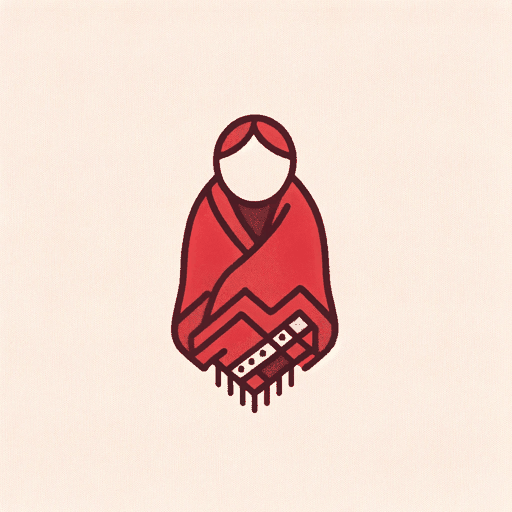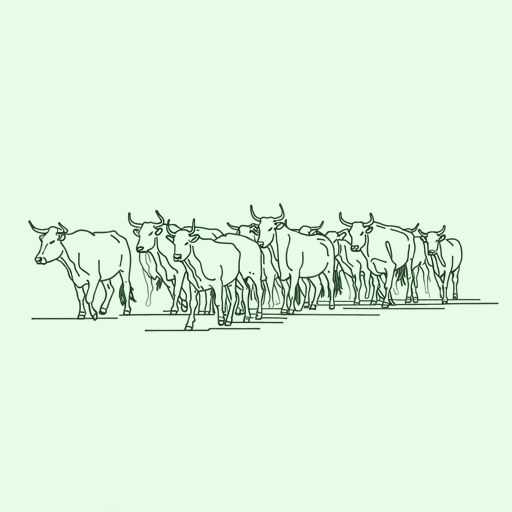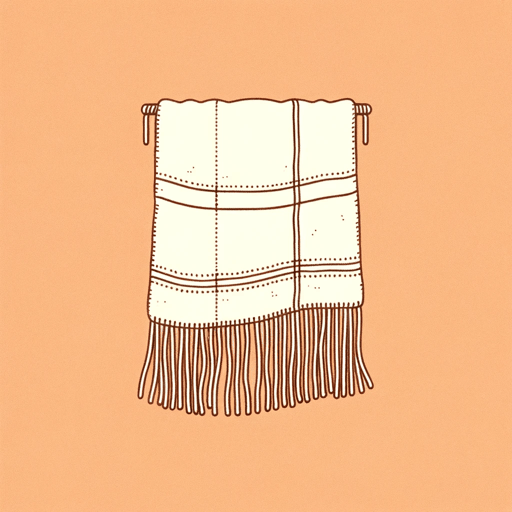20 pages • 40 minutes read
Leslie Marmon SilkoThe Man to Send Rain Clouds: Contemporary Stories by American Indians
Fiction | Short Story | Adult | Published in 1974A modern alternative to SparkNotes and CliffsNotes, SuperSummary offers high-quality Study Guides with detailed chapter summaries and analysis of major themes, characters, and more.
Summary and Study Guide
Summary: “The Man to Send Rain Clouds”
Written by Indigenous American author Leslie Marmon Silko and published in 1968, “The Man to Send Rain Clouds,” a short story depicting the relationship between Laguna Pueblo customs and Christianity, received international acclaim. Inspired by an incident in Silko’s hometown, the short story won her a grant from the National Endowment for the Humanities. “The Man to Send Rain Clouds” was later compiled into an anthology of works by Indigenous American writers called The Man to Send Rain Clouds: Contemporary Stories by American Indians (1992).
Divided into four sections, “The Man to Send Rain Clouds” begins with Leon and his brother-in-law Ken, two men from the Indigenous Laguna Pueblo tribe, finding a body beneath a cottonwood tree on their sheep farm. The body is none other than Teofilo, the family’s beloved patriarch and Leon’s grandfather. Clad in a worn blue jean jacket and jeans, Teofilo appears as though he is only sleeping. Leon and Ken wonder if Teofilo had laid down to rest while he was herding sheep, only to pass away in his sleep. Teofilo has been dead for more than a day, and the sheep have begun to wander the grounds. Before the men can take care of Teofilo, they gather up the sheep and return them to their pens. To ensure that Teofilo reaches the afterlife, as per Pueblo rituals, Leon and Ken tie a grey feather in his hair. Leon then paints a line of white over Teofilo’s forehead, a strip of blue over his cheekbones, yellow beneath his nose, and green across his chin (the Pueblo paint the faces of the deceased so that they will be recognized in the afterlife). Meanwhile, Ken throws pinches of corn meal and pollen into the wind. After, Leon smiles and says, “Send us rain clouds, Grandfather” (1). The men wrap the body in a red blanket before bringing it to the car. On their way back, they meet Father Paul, the local Christian priest. He asks them if they have found Teofilo and they say yes, without telling him that he has passed away. The priest lectures them, telling them not to let Teofilo watch the sheep alone due to his age, and to come to church that Sunday. The men assure the priest that Teofilo will no longer watch the sheep alone, but they make no attempt to tell him that the old man has died.
In Part 2, Leon and Ken return home where they tell Louise, Leon’s wife, and Teresa about Teofilo. This section details Pueblo burial customs. After carrying Teofilo inside, Louise and Teresa dress him in new clothes and shoes. After a meal of beans, hot bread, and coffee, Ken ensures that they speak to the gravediggers right away. It is already cold in the season, and the ground is firm, but he is sure that the grave can be completed before dark. After he leaves, neighbors and kin arrive at the house with food. The food is for the gravediggers, not for the family.
In Part 3, Silko depicts Teofilo’s funerary proceedings. Teofilo’s funeral follows traditional Pueblo customs, with funeral-goers throwing cornmeal on Teofilo to ensure that he had enough to eat on his journey to the next life. After the others leave, Louise hesitantly approaches Leon to ask if they should ask Father Paul to sprinkle holy water on Teofilo, “So he won’t be thirsty” (3). Leon thinks about this for a long moment while staring at the moccasins Teofilo only just made, obscured still by the red blanket wrapped around his body. Leon agrees.
In Part 4, Ken drives everyone to the graveyard, stopping first at Father Paul’s church. Father Paul is upset that he wasn’t told about Teofilo’s death. Leon dismisses the priest’s worry, telling him that they only require some holy water now so that Teofilo will not be thirsty on his journey to the afterlife. Father Paul is initially reluctant and refuses to entertain the thought unless Teofilo’s has a funeral mass. Leon turns to leave but Father Paul relents and goes with him. Upon seeing Teofilo’s body wrapped up in the red blanket, he has a slight suspicion he is being tricked and that this is some kind of performance to ensure that the tribe has a good harvest. He soon comes to his senses and begins to pour holy water onto Teofilo. The sun goes down as Father Paul leaves, and Leon is satisfied that they finished the ritual before nightfall, as per tradition. Leon is happy about the holy water, convinced that Teofilo could now “send them big thunder clouds for sure” (4).
Related Titles
By Leslie Marmon Silko





